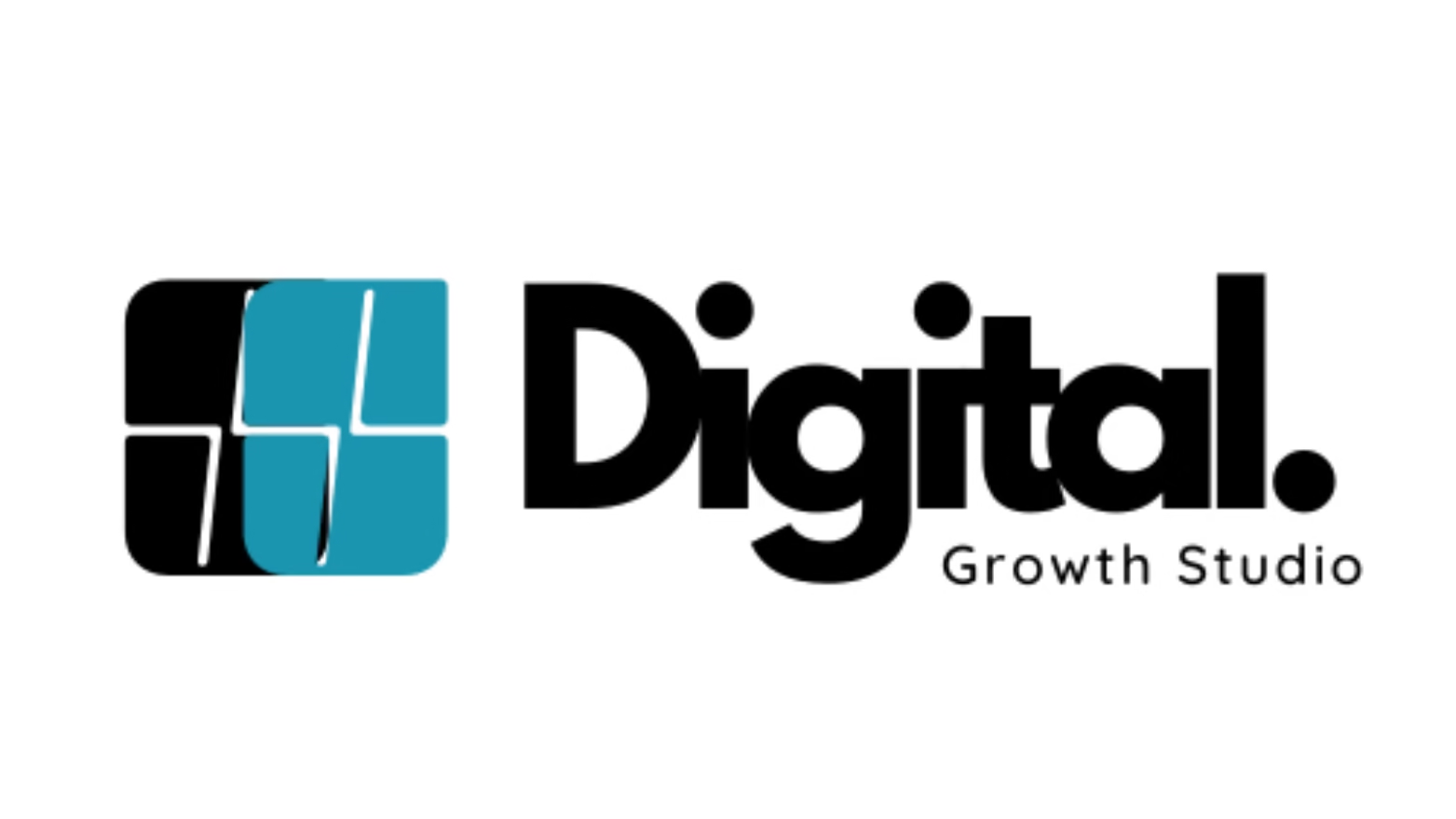In B2B, where sales cycles are longer and deal values are higher, every marketing dollar needs to work overtime. When budgets shrink, data isn’t just a “nice-to-have” for fancy reports; it becomes your lifeline, your compass, and your best argument for continued investment in what truly works.
From “Gut Feel” to “Data-Proven”
For too long, some B2B marketing efforts have coasted on “gut feel” or “this is what we’ve always done.” With ample budgets, there was room for experimentation, perhaps even some inefficiency. Not anymore.
Data analytics allows us to:
- Identify Waste with Pinpoint Accuracy: Stop throwing money at channels, campaigns, or content that simply aren’t delivering qualified leads or influencing the sales pipeline.
- Double Down on What Works: Uncover the hidden gems – the specific activities that are driving real, measurable ROI – and reallocate your precious resources there.
- Justify Every Single Spend: When finance asks “Why are we spending X on Y?”, you need a data-backed answer, not a hopeful shrug.
- Optimize Continuously: Marketing isn’t “set it and forget it.” Data allows for ongoing tweaks and improvements, squeezing maximum value from every campaign.
So, how do we practically apply this when the purse strings are tight?
1. Dissect Your Content Marketing ROI (Ruthlessly)
Content is king, but even kings can be expensive. Generic blog posts or whitepapers that gather digital dust are a luxury we can’t afford.
- Data Points to Scrutinize:
- Lead Generation: Which content pieces (blog posts, webinars, eBooks, case studies) are directly generating MQLs (Marketing Qualified Leads)? Track downloads, form fills, and subsequent conversion rates.
- Engagement Metrics: Beyond page views, look at time on page, bounce rate (for landing pages), scroll depth. Is your audience actually consuming the content?
- Pipeline Influence: Use your CRM and marketing automation platform to see which content assets are touched by leads that eventually become customers. Multi-touch attribution is key here.
- Keyword Performance: Which content is ranking for high-intent keywords that bring in qualified organic traffic?
- Budget Optimization Actions:
- Repurpose High-Performers: That webinar with great attendance? Turn it into blog posts, social snippets, a short video series. Maximize the mileage from proven winners.
- Update & Optimize Existing Content: Instead of always creating new, refresh older, high-potential pieces with new data, insights, and better SEO.
- Pause or Cut Underperformers: If a content type consistently fails to generate leads or engagement despite promotion, it’s time to cut it loose.
- Focus on Bottom-of-Funnel (BOFU) Content: With tight budgets, prioritize case studies, comparison sheets, and demo requests that directly support sales conversions.
2. Squeeze Every Penny from Paid Advertising
Paid channels can burn through cash quickly if not managed meticulously.
- Data Points to Scrutinize:
- Cost Per Lead (CPL) / Cost Per Acquisition (CPA): Track this religiously for every campaign, ad group, and even keyword.
- Click-Through Rate (CTR): Low CTR can indicate poor ad copy, targeting, or relevance.
- Conversion Rate: Of those who click, how many are taking the desired action (e.g., signing up, requesting a demo)?
- Keyword Performance (PPC): Identify expensive keywords with low conversion rates. Are you bidding on broad terms that attract irrelevant clicks?
- Audience Targeting (Social Ads): Which audience segments are responding best? Are your lookalike audiences truly similar to your best customers?
- Budget Optimization Actions:
- Pause Low-Performing Ads/Keywords Immediately: Don’t let them bleed your budget.
- Reallocate Budget to High-Converting Campaigns: If one campaign has a CPL of 50andanother50andanother500, shift funds accordingly.
- Refine Targeting: Get hyper-specific with your B2B audience targeting (job titles, industries, company size on platforms like LinkedIn).
- A/B Test Relentlessly: Test ad copy, headlines, calls-to-action, landing page designs. Small tweaks can yield big improvements in conversion rates, effectively lowering your CPL.
- Focus on Retargeting: It’s often cheaper and more effective to re-engage warm leads who have already shown interest than to constantly acquire cold ones.
3. Revitalize Your Email Marketing
Email is often one of the most cost-effective channels, but it still requires resources (time, platform costs).
- Data Points to Scrutinize:
- Open Rates & Click-Through Rates (CTR): Basic, but essential. Segment by list, campaign type.
- Conversion Rates from Email: How many clicks lead to desired actions (e.g., webinar sign-ups, demo requests)?
- Unsubscribe Rates: High rates can signal irrelevant content or sending too frequently.
- List Segmentation Performance: Do segmented emails (e.g., by industry, job role, past engagement) perform better than generic blasts? (Spoiler: they almost always do).
- Budget Optimization Actions:
- Aggressively Segment Your Lists: Personalized, relevant content to smaller, targeted groups yields better engagement and ROI.
- Automate Nurture Sequences: Set up automated email workflows to nurture leads based on their behavior, freeing up manual effort.
- A/B Test Subject Lines & CTAs: These small elements can drastically impact open and click rates.
- Clean Your List: Regularly remove inactive or unengaged subscribers. This can improve deliverability and reduce costs if your platform charges by list size.
4. Leverage “Free” Channels Smarter
While not directly costing ad spend, SEO and organic social still require time and resource investment.
- Data Points to Scrutinize:
- Organic Traffic & Keyword Rankings (SEO): Are you visible for terms your ideal customers are searching for?
- Organic Lead Generation (SEO): Which pages are converting organic visitors into leads?
- Engagement & Reach (Social Media): Which platforms and content types resonate most with your B2B audience? Is it driving traffic back to your site?
- Budget Optimization Actions:
- Focus SEO on High-Intent Keywords: Prioritize keywords that indicate a user is closer to making a purchasing decision.
- Optimize Existing Content for SEO: Often, improving on-page SEO for existing assets is quicker than creating new ones from scratch.
- Strategic Link Building: Focus on quality over quantity. Guest posting on relevant industry sites can be a low-cost, high-impact tactic.
- Amplify What Works on Social: If video snippets on LinkedIn get great engagement, double down there rather than spreading thinly across five platforms with mediocre results.
5. Align Marketing Data with Sales Data
This is where the rubber really meets the road.
- Data Points to Scrutinize:
- MQL-to-SQL Conversion Rate: How many marketing-qualified leads are accepted by sales? If this is low, marketing might be targeting the wrong people, or sales might need better lead context.
- Lead Source ROI: Which marketing channels are producing leads that ultimately close into paying customers, and at what value?
- Sales Cycle Length by Lead Source: Do leads from certain channels close faster?
- Content’s Role in Closed-Won Deals: What marketing assets did your new customers interact with throughout their journey?
- Budget Optimization Actions:
- Refine Lead Scoring: Ensure your lead scoring model accurately reflects genuine sales-readiness.
- Improve Sales Handoff: Provide sales with all relevant marketing engagement data for each lead.
- Invest More in Channels Producing High-Value, Quick-Closing Customers: This is the ultimate optimization.
Tools & Mindset
You don’t necessarily need an army of data scientists or expensive enterprise software to start.
- Free/Affordable Tools: Google Analytics, Google Search Console, your CRM’s built-in reporting, email platform analytics, and even good old spreadsheets are powerful starting points.
- The Right Mindset: Be curious. Be willing to be proven wrong. Embrace testing and iteration. Foster collaboration between marketing, sales, and even product teams.
Budget constraints are a challenge, yes. But they also force a level of discipline and focus that can, ironically, make your B2B marketing stronger. By letting data analytics guide your decisions, you’re not just cutting costs; you’re investing smarter, proving your value, and building a more resilient, efficient marketing engine. It’s time to let the numbers do the talking.

